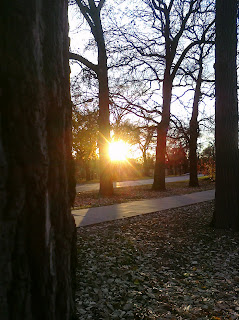I was watching the snow falling last week and was struck by its silence and gentleness. I remembered having the same impression watching a snow storm in New York in 1996 that practically shut the city down. Last week I was struck again by how this gently falling snow, so silent and light, could have such huge effects and how force is often not necessary to make a big change. In fact, as humans we often use much more force than is necessary, since we’ve come to believe that strenuous effort, even struggle, is necessary to get results.
As I watched the snow last week, I also recognized the effect of the falling snow on my body and my psyche. There is a spacious, expansive quality to falling snow – the snowflakes suspended in the air as they gently float to the ground. There is freedom in their surrender, and as I watched I could feel expansiveness, silence, and a sense of surrender. Something inside me settled and I felt lighter and more at ease.
Nature reflects the qualities that also exist in us – since we are Nature as well. As Nature hibernates and moves into low gear, might we also be encouraged to find time for stillness and quiet? Like the quality of the falling snow, perhaps we might take time to check in and acknowledge the spaciousness, expansiveness, silence and surrender that live within our own minds and bodies.
I’ve been listening to some wonderful guided meditations by Jeddah Mali. In one of these she invites us to notice the lightness that is here now. Thinking of the snow automatically (for me) brings that sense of lightness. Noticing the movement of my breath also helps me feel that lightness & expansiveness as physical sensation.
Sometimes when you’re struggling with day-to-day living, it is hard to imagine that there could be any relief because you’re focused on the struggle. But right here in your breath and in your body is the possibility of relief. It only takes a momentary shift of focus.
Notice how you feel now, notice body, breath and mind. What image brings a sense of lightness, expansiveness or ease for you? Perhaps something from Nature? Pick any image that resonates with you and notice how your body and breath might change as you hold that image in your mind. As you go about your day-to-day activities, you might want to check in with this feeling again and again.
May you experience lightness and ease of wellbeing this holiday season.

